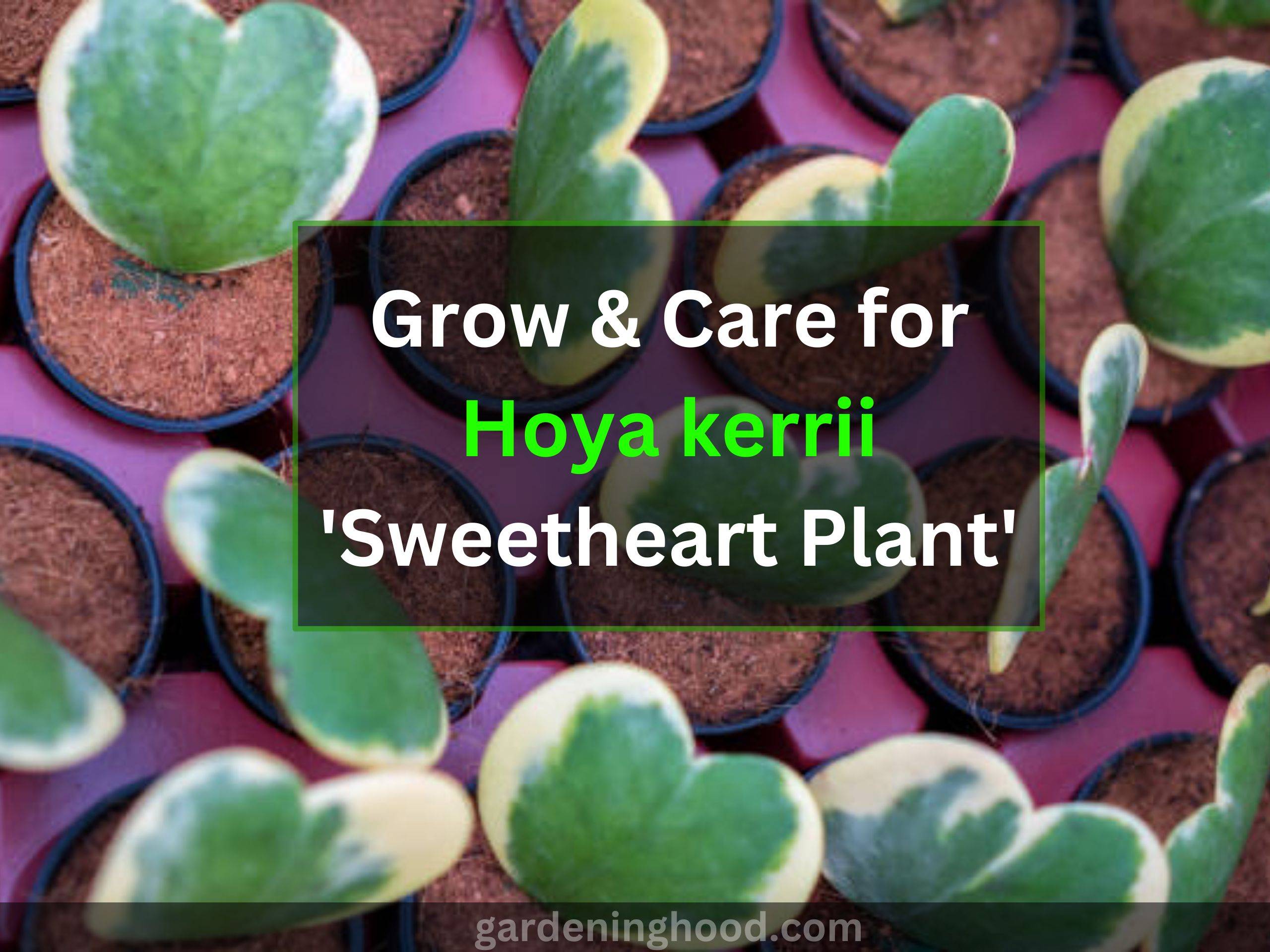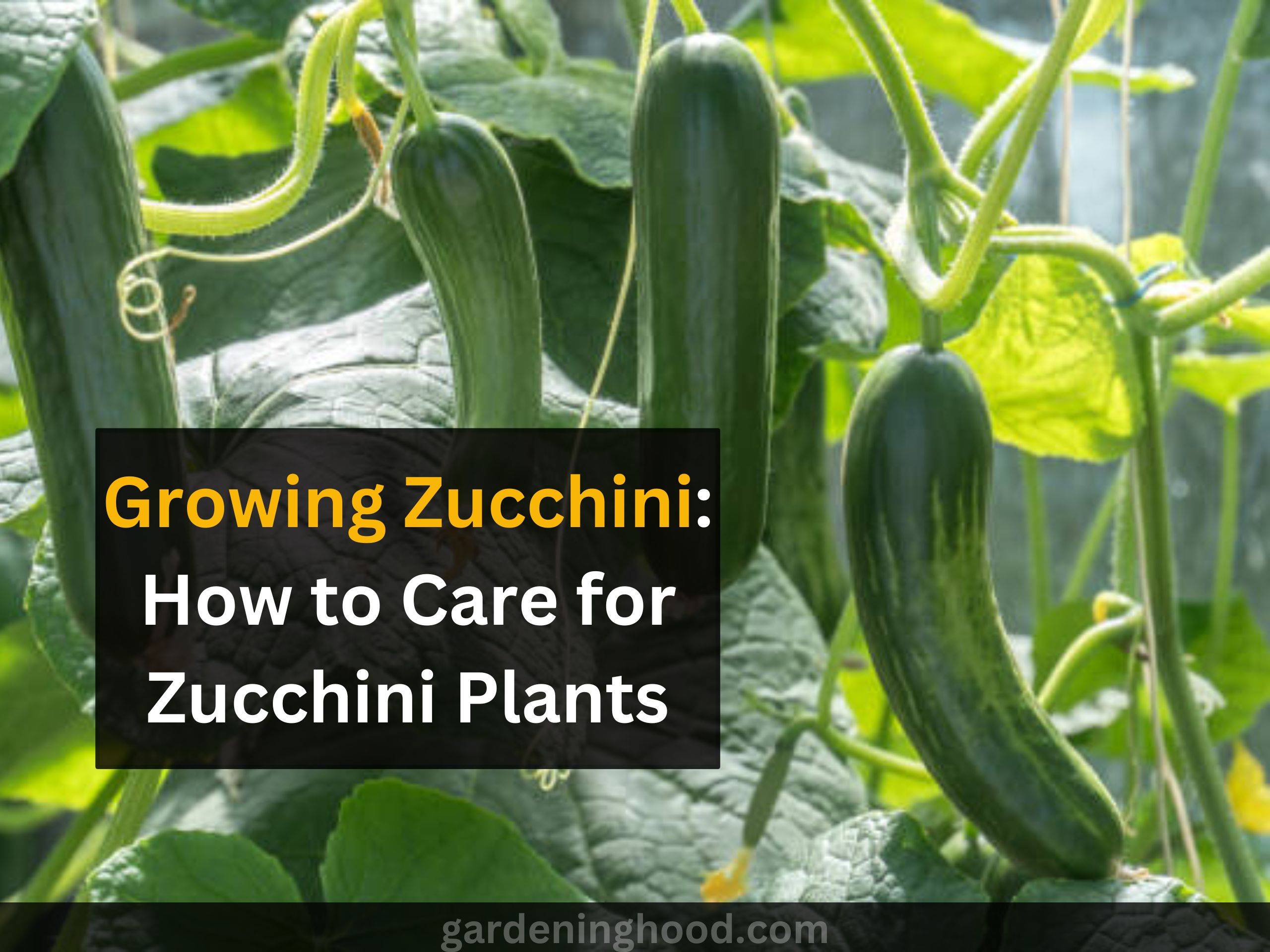What’s the difference between Perlite and Vermiculite? (Which one is best for your Garden?)
What’s the difference between Perlite and Vermiculite? They both are a lot different from each other in composition. Many times the buyers get confused about what to buy whether perlite or vermiculite both being the best. Moreover, what do you need according to your garden? Vermiculite or perlite!? Let’s get into solving your issue and clear up your confusion.
Quick takeaways:
- The plants get maximum good things from the soil from water, nutrients, air, etc.
- The soil should be fertile to serve nutrients to the plants.
- Vermiculite and perlite are among the good things that are seen to be beneficial for plants and are great in keeping moisture intact in the soil, improving the quality of the soil.
Characteristics of Perlite vs. Vermiculite
| Characteristics | Perlite | Vermiculite |
| Ideal for seed starting or blending into potting mixes | Yes | Yes |
| Approved for organic gardening | Yes | Yes |
| Loosens heavy, compacted soil | Best | Good |
| Provides drainage | Best | Good |
| Retains moisture and nutrients | Good | Best |
| pH level | 7.0 to 7.5 | 7.0 to 7.5 |
| Decomposes in soil | No | No |
What is Perlite?
Perlite looks like pearls, not the same but the French word ‘per’ is there in perlite which means pearls as they are white round and shaped like coarse white powder, and can be made into fine white powder if crushed. The perlite is made from heated volcanic rock which expands and gets very brittle and gets converted to lightweight rocks having high porosity. The white rock was later crushed into tiny white pieces. The perlite is added to the soil and soil mixes are prepared which have water retention and low nutrient retention. Perlite is used in soil to improve the texture and improve the drainage capacity of the soil.
What is Vermiculite?
Vermiculite is different from perlite(from volcanic glass), they are made from the mineral that is heated and expanded. The mineral is magnesium aluminum silicate that is mined out from the ground and then blended with the soil and looks like worms that’s why the name vermiculite. The vermiculite is mixed with the soil to increase the water retention and nutrient retention in the soil.
Does vermiculite contain asbestos?
Straightly put, vermiculite does not contain any asbestos naturally anymore, instead many times the vermiculite can get contaminated by asbestos. The Libby Mine that was later shut down used to have asbestos in vermiculite which is naturally present asbestos, referred to as tremolite-actinolite. Many observations and research have brought out the fact that vermiculite is free from asbestos.
Benefits of perlite
Perlite being lightweight and porous has really good water retention and even excellent drainage capability. Actually, in the soil, they added, indulges such qualities in that soil. The perlite just doesn’t do this but also provides proper aeration to the plants as they have good porosity. The perlite is added to the seed starting mix to enhance the quality. They are added to the soil and even are great for soilless gardening. They reduce the soil’s rigidness or compactness. The perlite is nontoxic are safe to use. The vermiculite is best for keeping the soil conditions dry.
Benefits of Vermiculite
Vermiculite is again good for water retention and nutrient retention in the soil. The vermiculite is mixed with potting soil and used for plants that love a lot of water. The vermiculite gets easily blended with the soil. It is again nontoxic to use in the garden. The moisture in soil stays for a long if vermiculite is there in the soil.
What’s the difference between Perlite and Vermiculite? – Perlite vs Vermiculite
The perlite and vermiculite being prepared from different stuff and almost having similar properties, still, have differences that are in their water retention capability. Both of them are disease-resistant, and insect resistant, they are used in germination, propagation, seed starting, and cultivation of the plants indoors even without using the soil if you want.
To know more about the plant world, you may also read related articles, Florida Weave Trellis – 5+ Steps to tie Tomatoes using this method
As per water retention, both of them are good, but vermiculite is best for retaining the water in the soil and making the water-loving plants happy. The vermiculite also goes well with dry fertilizer, etc.
Perlite is best suited for plants that need more dry-like conditions. The plants mostly succulents want such conditions, for which vermiculite if used, will cause root rot and fungal infection due to the water staying near the roots for long.
Most of the other qualities of perlite and vermiculite are almost similar in drainage, loosening the soil, etc. Perlite is too porous and vermiculite is less water retainer. The vermiculite is compressible, and soaks the water whereas the perlite stores water and can drain water quite quickly than the vermiculite.
When to use Perlite?
The soil when seems to be too tight and compact, you can use the perlite in the heavy clay soil to loosen it up and bring some porosity into it. If the soil gets too wet or soggy for a long time, you need to repot the plant or do some modifications to the soil so that the soil is drained and a little dry too. While you repotting the plant, mix perlite with the potting soil so that the root rot doesn’t destroy succulents that usually like the drained and dry soil. The soil needs to be watered but the plants if want dry condition as well needs to add perlite into it.
When to use Vermiculite?
Vermiculite is best suited for starting the seeds with good water retaining ability, keeping the soil moist. The good moisture will help the seeds to germinate well. The plants that are in the garden get dry quickly in the direct sunlight, and the soil can be kept moist by adding vermiculite. The plants that need much water will also grow well in the vermiculite soil mix. The perlite can still go well indoors, but using vermiculite outdoors is more favorable.
Reasons perlite and vermiculite are used in horticulture:
- The perlite and vermiculite have been used in horticulture for many decades.
- As they do have specific physical characteristics that help the growth to provide a distinct benefit.
- Basically, the light is being prized because they do helps aerate growing media and does help in improving the drainage.
- The vermiculite is an expert for stabilizing the soil moisture level.
- They are available in lightweight material which do have different grades depending upon the size of the material.
- They are used by the gardener and horticulturist; they do have greater flexibility and are more useful than others.
Nutritional content of perlite and vermiculite
- The perlite and vermiculite do have a good capacity to hold the nutrients that help as a growing medium.
- The capacity of holding the material is called the cation exchange capacity meaning this capacity is used to measure the potential of the material for grabbing the molecules.
- The CEC is being affected by many compositions of soil types such as Garden soil, and potting mix.
- In simple words, we can say that questions are the molecules that have a positive charge and are able to get attracted to a negatively charged molecule.
- For example, clay soil does have high CEC capacity which makes them attract more free nutrient molecules.
- There are many other organic matters that do have high CEC measures such as coconut coir, compost, and Peat Moss.
- The CEC value in the vermiculite and perlite is also low.
- The perlite is compost that does not contain essential plant nutrition but the vermiculite does contain potassium and magnesium but this doesn’t mean you only depend upon these materials.
Footnote of the context
We hope you are clear-headed now about which substance you will be buying according to your garden, plants, and the spot they are at. Vermiculite and perlite are both excellent in retaining the water and doing their work well but a difference still needs to look as they retain water at different levels, vermiculite is best for the plants that love it while the perlite goes best for the succulent that like the dry soil. We hope that this article was helpful to you in making up your mind and understanding the difference between vermiculite and perlite. Happy planting!


